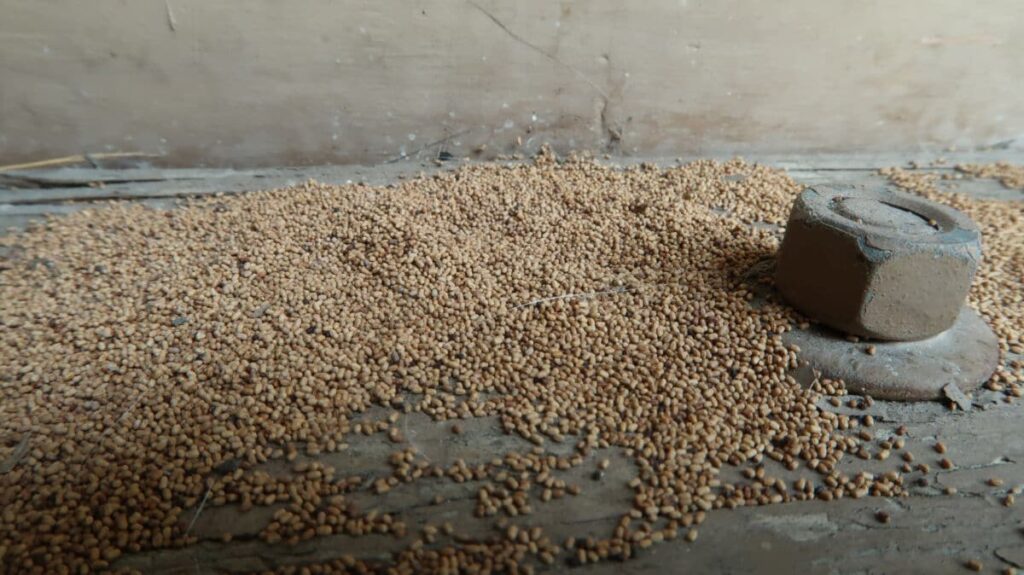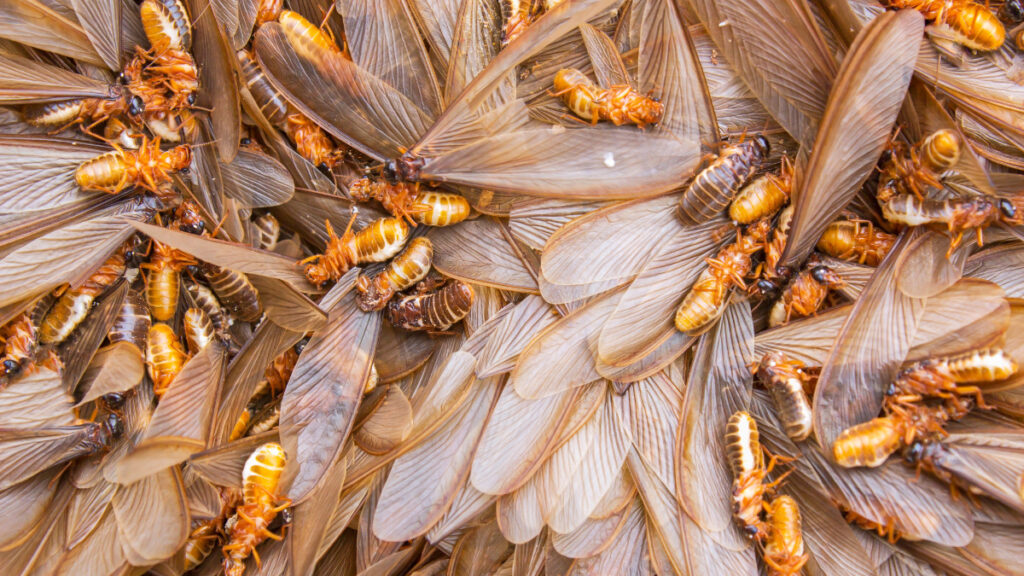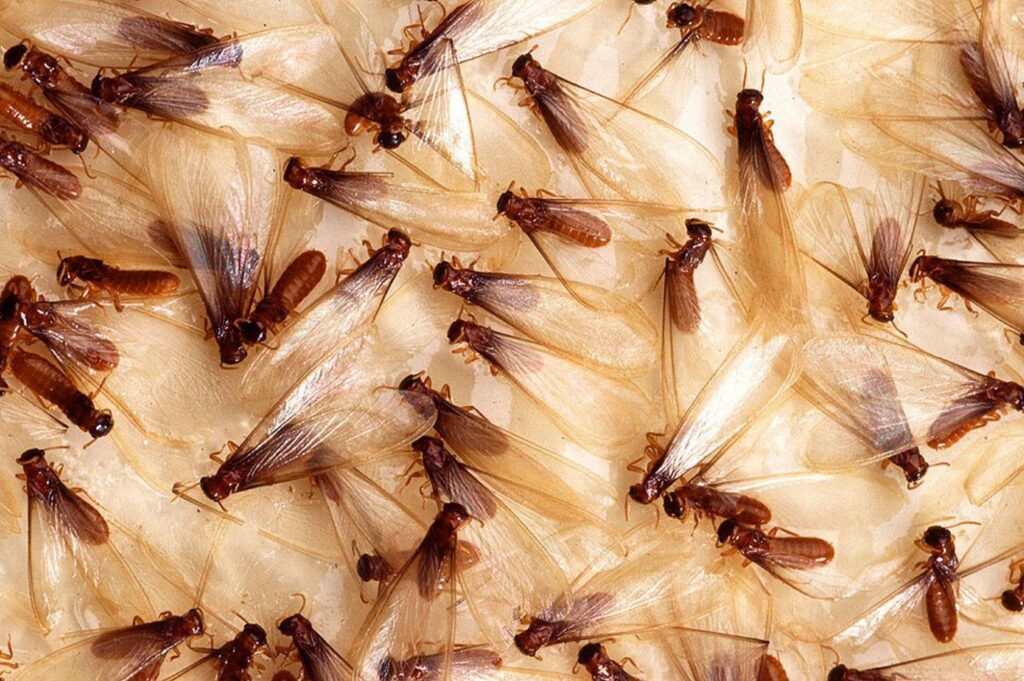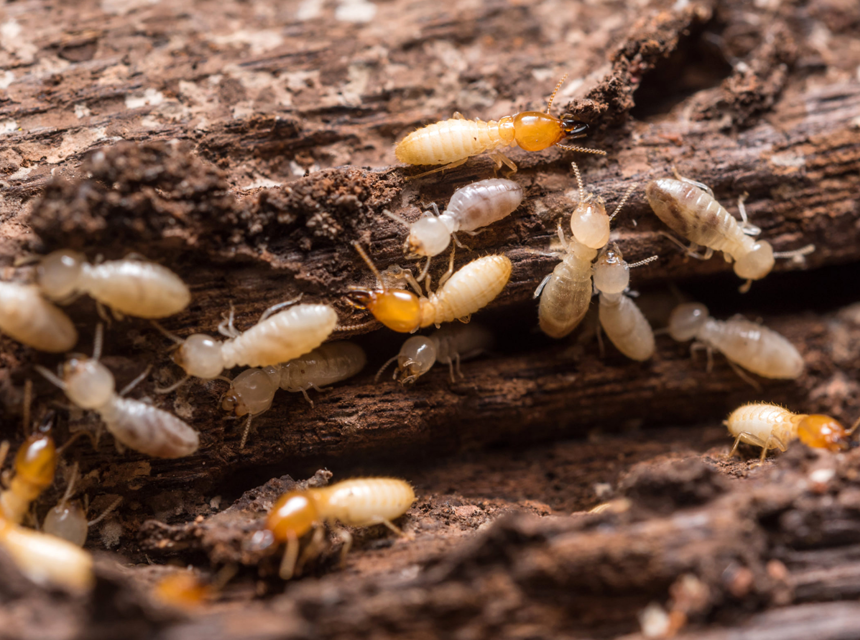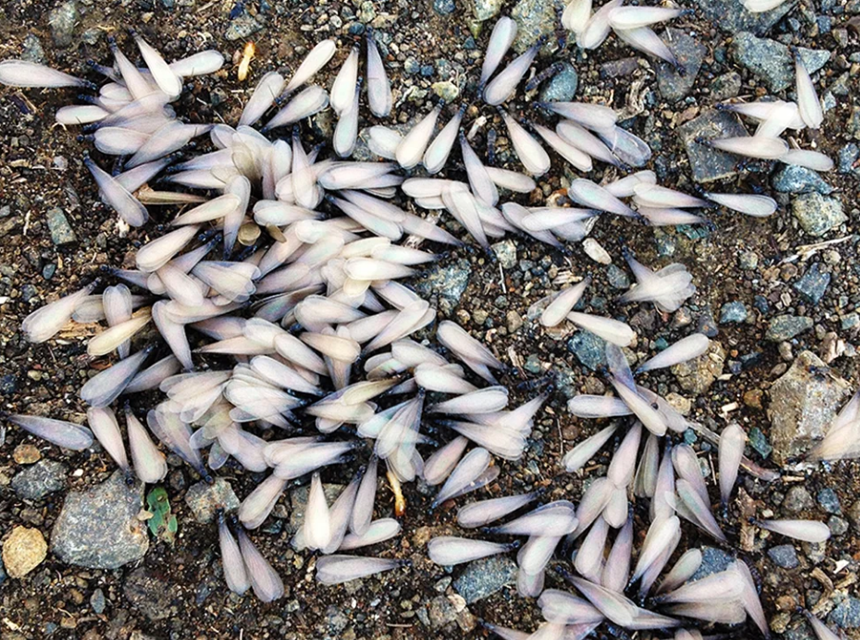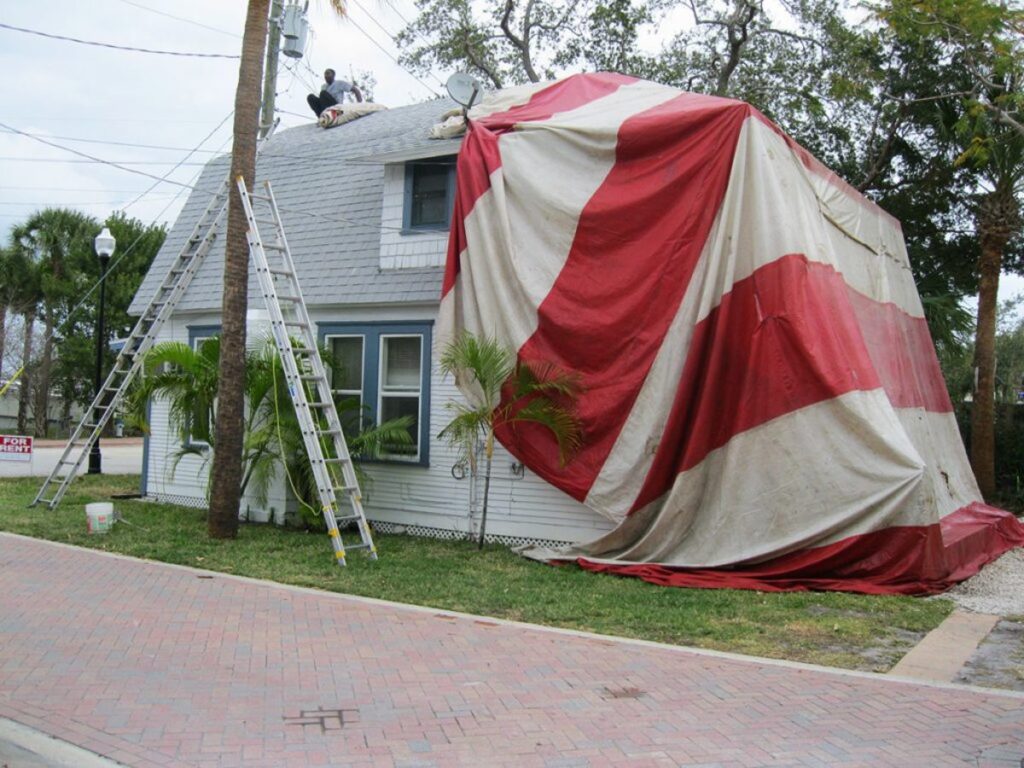

One of the most common ways to get rid of termites is known as tenting. However, this procedure can be expensive and it subjects everything in the home or location to the gases that are released through the process. It can be effective but there are other solutions to consider.
If you’ve wondered how to get rid of termites without tenting, you’ve come to the right place. You don’t have to pay for tenting or worry about advertising to the whole world you’re treating for termites by doing so.
There are additional solutions and options that can be quite affordable and simple to use. Below, you will find an intuitive guide that fully walks you through the process of treating for termites with alternative options besides tenting.
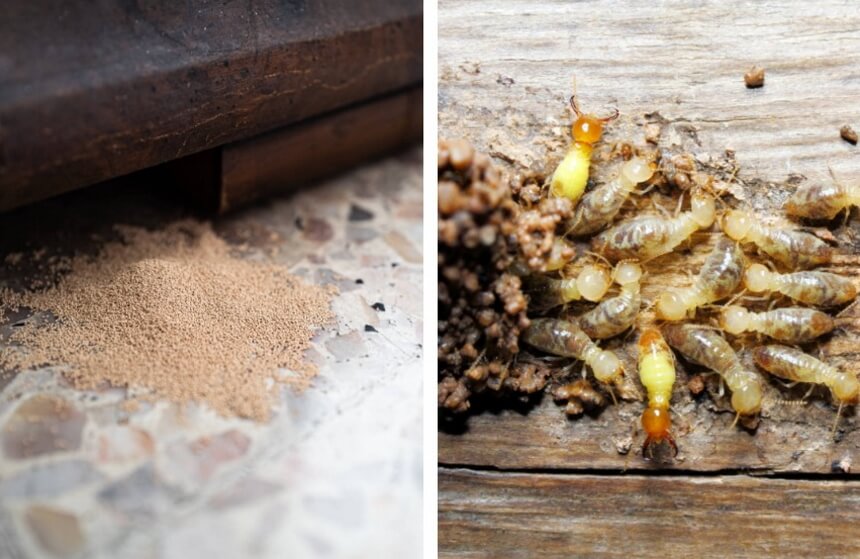
It can be challenging to pinpoint when there is a termite problem. Oftentimes, the telltale signs that people are familiar with don’t really start to show up until it’s a big problem. Of course, there can also be damage left behind even when termites have already been treated and are gone.
That being said, there are some signs that you can watch for to better understand or be aware when you have a potential termite issue. One noteworthy indicator is debris that looks like sawdust. But if you haven’t been sawing, this could be an indicator of a termite problem.
Here are some other potential signs of termite infestation.
These are the visual signs that you can look for. Just be aware that by the time these signs appear, it means damage has already begun or is well on its way. Take care of treatment as soon as possible to protect your home.
These could be early signs so take action right away to prevent further damage and use one of the best roach killers. Some other sign that you can watch for outside of your home is looking for termite mounds. We’re not just talking about the big mounds that build up over time. Mounds start small so you can catch them early if you notice.
No species of termite is a good species so don’t ignore any of them, regardless of whether they are swarming termites, subterranean, or some other type of termite.
If you suspect or know you have termites, tenting has long been a common way to rid homes of them. If you aren’t familiar with tenting, it’s the process of setting a full tarp or tent over the designated area that needs to be treated. The purpose of the tent is to keep the gas in to kill the termites.
Inside of the tented structure, the professionals use a hose that has a fan attached to it and then pump a special type of gas through the hose. The fan helps to spread the gas around your entire home or business.
This is an effective method but there is a lot that is required. There will be extensive planning, high costs, and some risks for the site owner or anyone living in the home. If your infestation is not extreme or severe, you can likely get away with alternative treatment options.
You can use a DIY home treatment like this termite and ant killer from Spectracide. There are additional termite killers and treatment options that many professionals recommend or use as well.
Take a look at some of these methods for more details.

Orange oil is a great option, particularly if you are a fan of natural elements to help you out. This oil smells like orange so it will be citrusy and pleasant if you like orange flavors. However, there is one ingredient in orange oil that is toxic to those dang termites.
The ingredient is called D-limonene so be sure to check the label to ensure the orange oil has this particular ingredient. The challenge with orange oil is you need to be able to target specific locations.
You will need to be able to find where the termites are at the time and inject this oil directly into that space. In terms of how to get rid of termites without tenting, this option is popular because it’s not harmful to you or your home but is quite effective against termites and other pests.
The oil only has to touch the termites to be effective. This is why you need to know exactly where they are and then inject it into that area to kill the termites there.
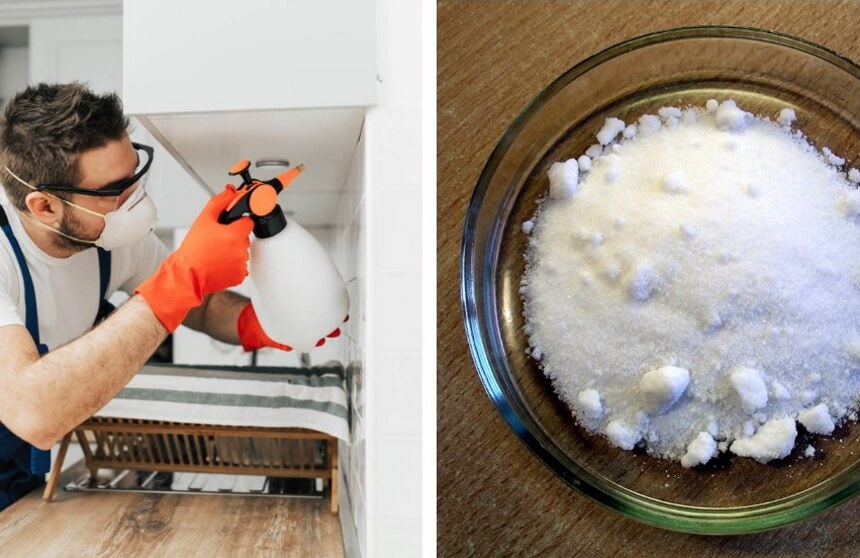
Boric acid is another common favorite and it works well. You can use boric acid or you can grab some borax, it’s up to you. While this can work, it’s really not as great as some of the best pet safe ant killers out there. It’s also not fast every time so you need to be a patient person.
The reason it is a top choice is that it doesn’t have chemicals that you have to worry about in your home. It’s also easy to find at most stores. Once again, you need to be able to pinpoint where the termites are in order for this to be effective.
Boric acid needs to be diluted with water to create a liquid system to fill the termites. Once you’ve dissolved boric acid into water, you can use something to then inject that mixture into the home of the termites. Most people use a syringe but you can use whatever works for you.
You can even drill a hole for access if you need to. Just keep in mind you need to know exactly where the termites are for it to be effective. Most professional treatments have boric acid solutions but they often are combined with other potent ingredients to be quick and effective.
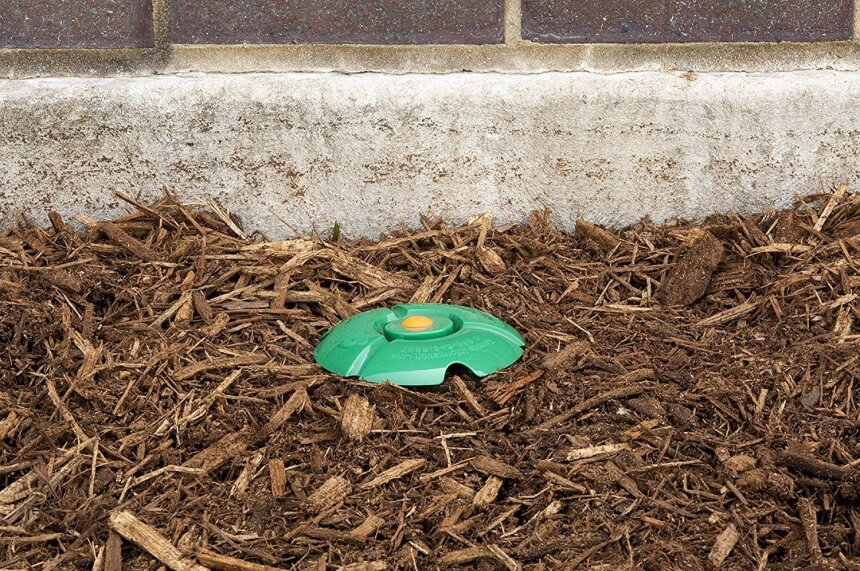
Heat treatment is a bit of a different approach and there are some things that might work better than this approach. For example, you could just use a Spectracide termite detector and killer protocol or you can use heat in your entire home.
The thing about heat is you again need to know where the pests are located. If you have very many or a large infestation, the heat might not be effective. That being said, heat treatments do allow you to skip chemicals, fumigations, or targeted injection sites.
If you know the approximate location of the termites, you can target this specific area with heat.
The heat is effective, which is why it’s a viable option. It’s typically recommended for places like attics, basements, or even garages and sheds but you can use it for a specific location in your home too.
The reason it’s not ideal for your regular home space is that you need high temperatures to effectively kill the termites. To be effective, the heat needs to be between 120 and 140 degrees in the targeted area and they need to be subjected for about 30-40 minutes.
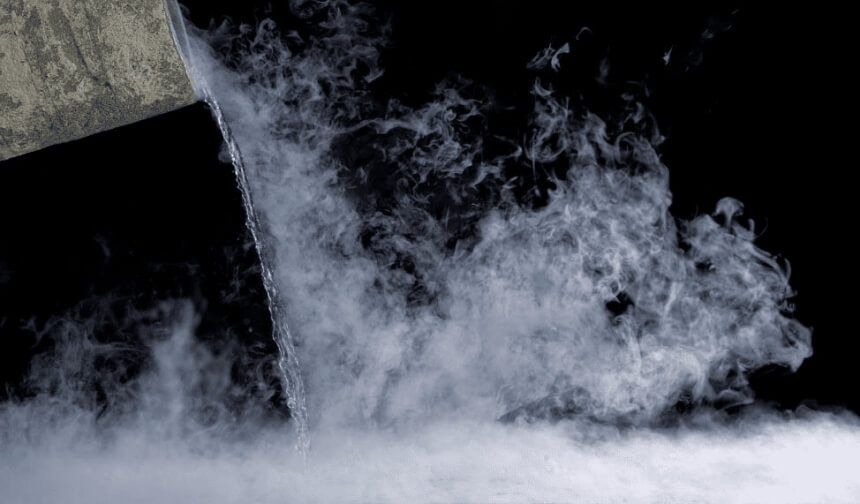
Liquid nitrogen is another alternative that can be used rather than a tenting process. This process is all about making the termites too cold and freezing them to death. You see, these pests have very specific temperature needs so if they are too cold or too hot, they die.
If you don’t want to mess with the heat, try liquid nitrogen approaches instead. What you need to be aware of is that liquid nitrogen is VERY COLD so you have to be extremely cautious to avoid risks to yourself and your home.
If you expose yourself, you could mistakenly flash freeze your skin. You could also accidentally freeze pipes or lines in your home too. You can use this to treat a specific area but be cautious not to hit anything essential.
The recommendation for liquid nitrogen is to drill a hole near the infested area and then inject it into the space. Liquid nitrogen is -320 degrees Fahrenheit. This is a cold that most of us cannot even fathom. Imagine the damage it can do if not used carefully. This is best done by someone trained to handle the substance.
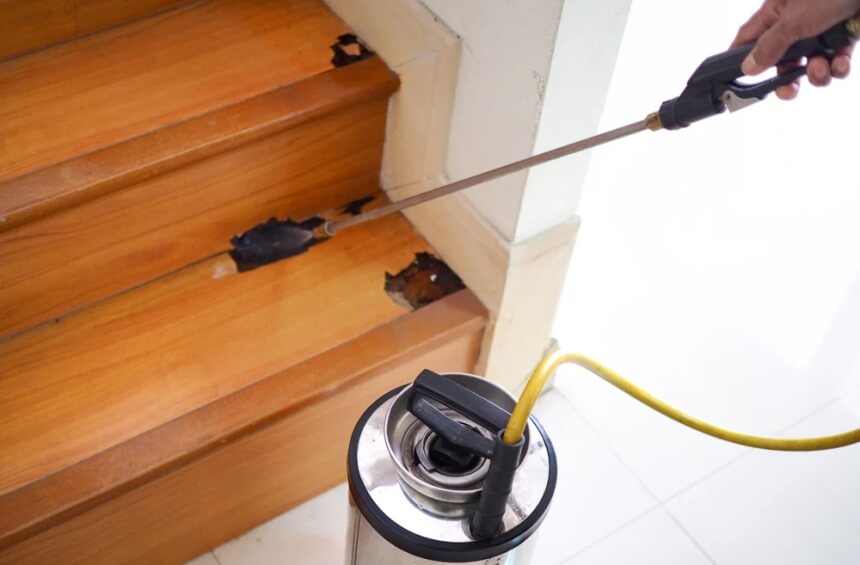
The last alternative we want to share is spot wood treatment. If you want to treat a specific space or area that you know is infested with termites, you would spot treat it. You can use one of the best fire ant killers or you can simply choose something like boric acid or orange oil as well.
How you treat is up to you. The purpose of a spot treatment is just to treat that specific spot in question. It doesn’t matter how or what you treat it with, you’re just treating that one spot rather than your entire home or business.
Tent treatments are for large areas but a spot treatment is a focused approach. It’s best for a small infestation that you know exactly where it’s located and you’re ready to take action to remedy the issue.
Subterranean termites are one of the most common culprits. However, there are also drywood termites and they are just as likely to infest an area. It’s even harder to identify when drywood termites have taken hold of an area. Most of the time, you won’t know until the damage is apparent visually.
Assuming that you don’t notice until you see a lot of damage, this likely means you will be facing quite the infestation issue by the time it is found. That being said, these termites are even more susceptible to the elements because they don’t have a hard exterior caste on them.
These termites really do live up to their name and often are located in dry wood areas. They are mighty chewers despite their small sizes and can wreak havoc on wood if given the chance. They build large homes, which is where you might see mud tunnels or mounds.
They like to build those homes right there inside of the wood that they are taking over, which damages your structure even further. If you know you have dry wood areas in your home, it’s a good idea to get regular inspections to try to catch these pests.
Drywood termites are most often found in areas like basements (only when dry), attics, garages, fascia, and similar spaces. Even at early infestation levels, there can be 5,000 or more termites in the colony.

Many times, tenting is the method of choice to get rid of this type of termite. However, this is because they are so hard to spot until there is major damage and a massive infestation. So many times, they are not noticed until you have a large infestation, which requires larger action.
You can use fumigation methods like sprays, Spectracide products, and even granules or powders. You can also use your DIY methods. You can use any of the above methods that we shared here.
Because this often entails a larger infestation, using larger treatments like heat treatments or a fumigation method is the preferred choice. That being said orange oil can be effective if you know where to target, as can boric acid.
Fumigation and heat treatment methods are typically the most effective to completely eradicate your infestation and prevent any further eggs from hatching as well. Your goal is to treat a large infestation and some DIY treatments are best for small areas.
If you do use a DIY treatment besides fumigation, consider treating the space or nearby spaces multiple times to ensure that you truly do get rid of the termites in place.
There comes a time when it’s simply not enough to do DIY treatments anymore. If your methods are not effective or aren’t quite eradicating the problem, it’s time to bring in professionals. Calling in professionals does not always mean that you’re going to have to resign to tenting.
There are other extermination options before tenting becomes a requirement. Some treatments from professionals will cost only $200-$500 and will utilize a specialized treatment solution that they can safely apply where necessary.
Using a professional is ideal when you have larger infestations, you’re not making headway with DIY treatments, or you have multiple areas of infestation to treat. Most professionals will recommend tenting as a last resort when the infestation is extreme and other treatments are not effective.
You should plan to call a professional when you’re not comfortable treating the issue yourself or you’re simply not having success with the methods that you are trying. Don’t ignore the problem as it will only get worse over time.
Using a professional is far more advantageous than allowing termites to literally eat you out of house and home.
Termites are some of the most challenging pests to get rid of. They also can infest and grow at alarming rates, wreaking havoc on a home or structure. Tenting is often used in extreme circumstances.
The good news is that if you want to know how to get rid of termites without tenting, there are several solutions that can be used. Tenting should be a last resort when there is a very severe case of infestation. Otherwise, professional and DIY treatments can be effective without these extreme measures.
Have your home inspected regularly to be proactive against termites. If you find or suspect termites, take action right away for the safety of your home or business.
